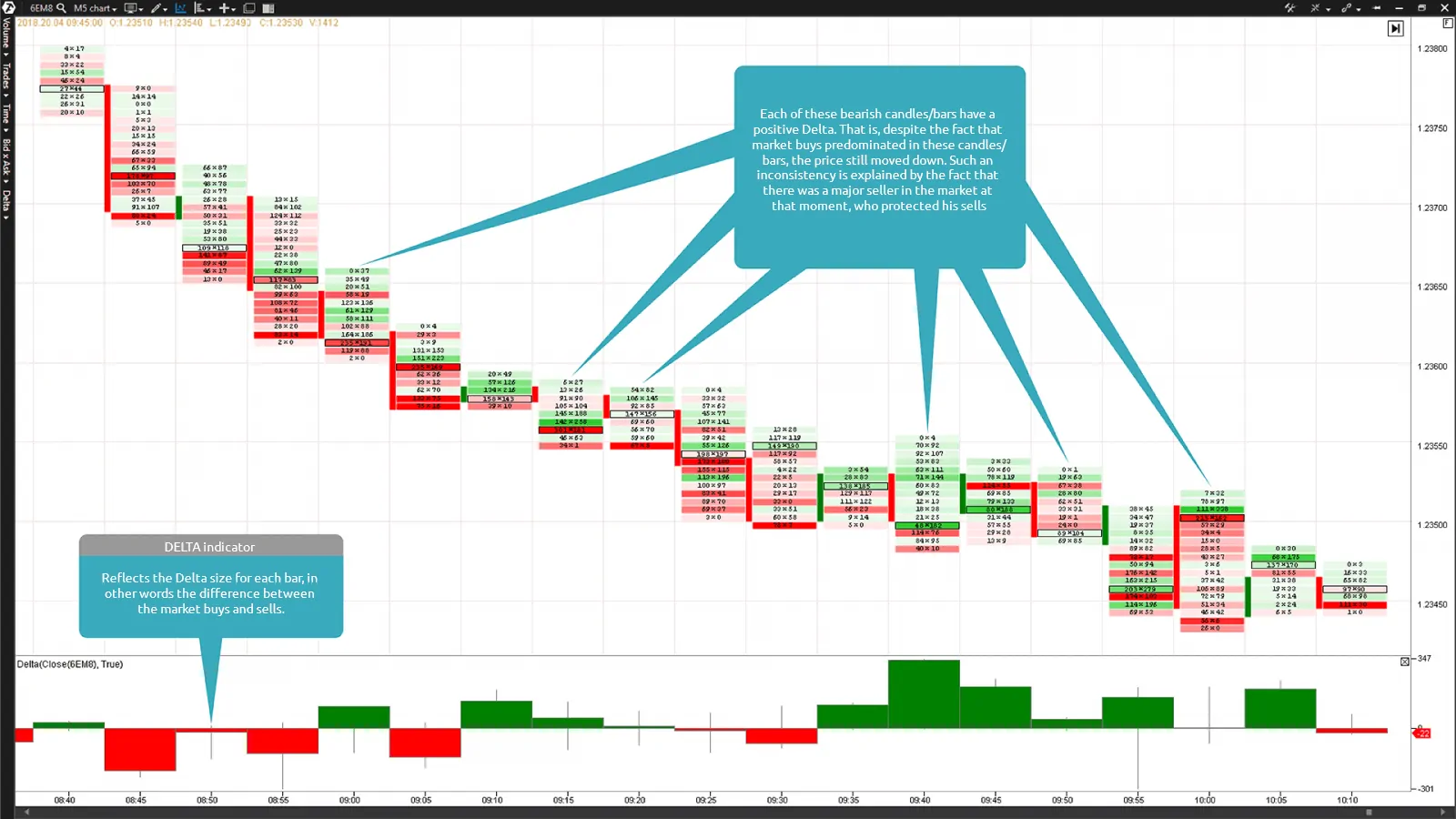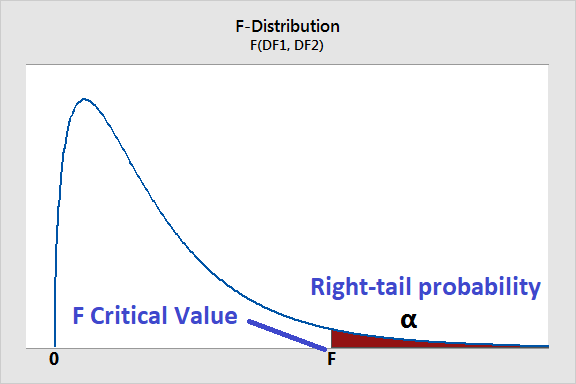Okay, so folks have been asking me how I actually go about getting those delta F over F traces. It sounds straightforward, right? Like something you just punch into a calculator. Let me tell you, it’s a bit more involved than that, at least when you’re starting out or dealing with messy real-world data.

Getting Started – The Raw Mess
First things first, I had to get my fluorescence readings. I was running this experiment, looking at how some cells react to a new compound I whipped up. So, I got the microscope going, set up my time-lapse, and just let it run. What I ended up with was a whole bunch of numbers – basically, how bright each region of interest, or ROI, was at every single time point. We’re talking thousands of data points per cell, and I was looking at a good number of cells.
My initial thought was, “Easy peasy, I’ll just find the ‘F’ and the ‘F0’.” Famous last words, my friends.
The Hunt for F0 – The So-Called “Baseline”
This F0, the baseline fluorescence, that’s where the real fun begins. You’d think it’s just the brightness before you add your stimulus, right? Well, sometimes. But cells, they’re living things. They photobleach, meaning they get dimmer over time just from being zapped with light. Or sometimes they drift a bit in the field of view. So, a single F0 value from the very beginning? Often not good enough.
I first tried just taking an average of the first, say, 10 or 20 seconds before I added my compound. For some cells, it looked okay. For others, the trace just drifted downwards continuously. So, if I used that early F0, my later delta F/F values would look artificially massive and negative, which wasn’t real.
Then I thought, “Okay, maybe a moving window?” I tried to calculate a sort of rolling baseline. This was better for some of the slow drift, but if there was a quick, actual response, the moving baseline would try to follow it, and that would dampen my real signal. It was a bit of a balancing act, fiddling with the window size. Spent a good afternoon just on that.

What I eventually settled on for that particular dataset was a bit more manual for some problematic cells. I’d look at the trace, find a period before the stimulus where things looked stable, and use that. For others, a carefully chosen pre-stimulus window average worked fine. The key was looking at your data, not just blindly applying a formula.
Calculating dF/F – The Actual Math Bit
Once I had a somewhat reliable F0 for each cell (or a way to calculate it for each time point if I was dealing with bleaching correction), the rest was, thankfully, more straightforward.
For each time point (F), I calculated dF, which is just F minus F0. Simple subtraction. This gives you the absolute change in fluorescence.
Then, the final step: divide that dF by F0. So, (F – F0) / F0. That’s your delta F over F.
Why bother with the division? Well, some cells are just inherently brighter than others, even at baseline. A small absolute change in a dim cell might be a huge relative change, while the same absolute change in a super bright cell might be trivial. Dividing by F0 normalizes for these differences in starting brightness. It puts all your cells on a more comparable scale, so you’re looking at the percentage change, more or less.

The “Is This Real?” Phase
After all that, I got my traces. Some looked beautiful, nice peaks right after I added the compound. Others were still a noisy mess. I learned pretty quick that just because you can calculate dF/F doesn’t mean the signal is meaningful. You still gotta use your brain. Is the change big enough to be real, or is it just noise bouncing around?
- I looked at control cells where I added just saline – did they show similar “responses”? If so, Houston, we have a problem.
- I checked if the response made biological sense in terms of timing.
- I also learned to be wary of big, sharp spikes that didn’t look like typical cell responses. Sometimes these were just artifacts, maybe the stage vibrated or something.
It’s a process, you know? It’s not just code. It’s looking, thinking, and then coding, and then looking and thinking again. I spent a lot of time just plotting things out, zooming in, comparing. It’s definitely more art than pure science sometimes, especially when the data isn’t perfectly clean, which, let’s be honest, it rarely is.
So yeah, that’s my journey with getting delta F/F. It’s a fundamental thing, but like many fundamental things, the devil is in the details, especially that sneaky F0. Hope this helps anyone out there wrestling with their own fluorescence data!
